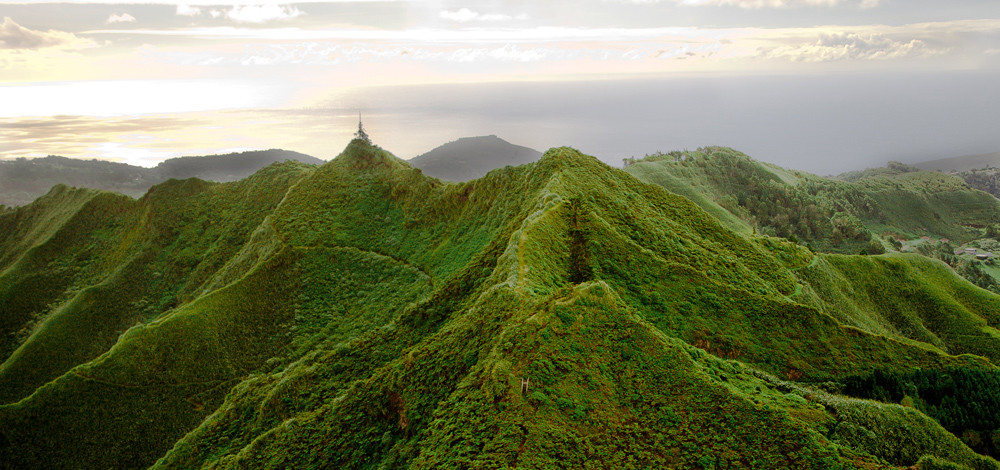On a small Island St Helena has a small population with just over 4213. In recent years the population has reduced as most ‘Saints’ have migrated to the UK or have gone to work on the Falklands, Ascension Island and Germany where the job opportunities have traditionally been better than those on island. ‘Saints’ are mainly descendents from European planters, Chinese workers, and slaves from Madagascar, Asia and Africa. ‘Saints’ are known for their friendliness and hospitable nature. The diversity of the Saint population is reflected in their cuisine from spicy goat meat curry, tuna fish cakes, chicken pilau to tasty pumpkin pudding and coconut fingers.
The St Helena National Trust is responsible for the protection, enhancement and promotion of the Island’s natural and built heritage. These include restoring the Island’s fragile Gumwood forests, conserving the endemic Wirebird, promoting the protection of the historic buildings and fortifications, and to educate and train local people.
With a sub-tropical climate, St Helena’s environment is one of fascinating flora and fauna, with many species endemic to the Island. Its natural landscape of lush green peaks and breathtaking rock formations, to grassy plains and sub-tropical valleys changes dramatically, making it a photographer’s heaven. The St Helena Government is committed to conserving this environment and in 2012 created an Environmental Management Directorate (EMD). The EMD focuses on policy and legislation, communication and stakeholder engagement, evidence-based advice, assessment, monitoring, evaluation and enforcement. Its focus will be to mainstream environment and climate change within St Helena Government and to excel in world class environmental protection. As part of this process, some applications for development are subject to Environmental Impact Assessments as per the Land Planning and Development Control Ordinance.
Our aim is to provide you with information on developments at “Home” so that you are kept in the loop with changes that are taking place here on St Helena and the effect such changes may have on Island life. St Helena is developing rapidly and we encourage you to read on to the St Helena Ambassador articles or www.sainthelena.gov.sh



